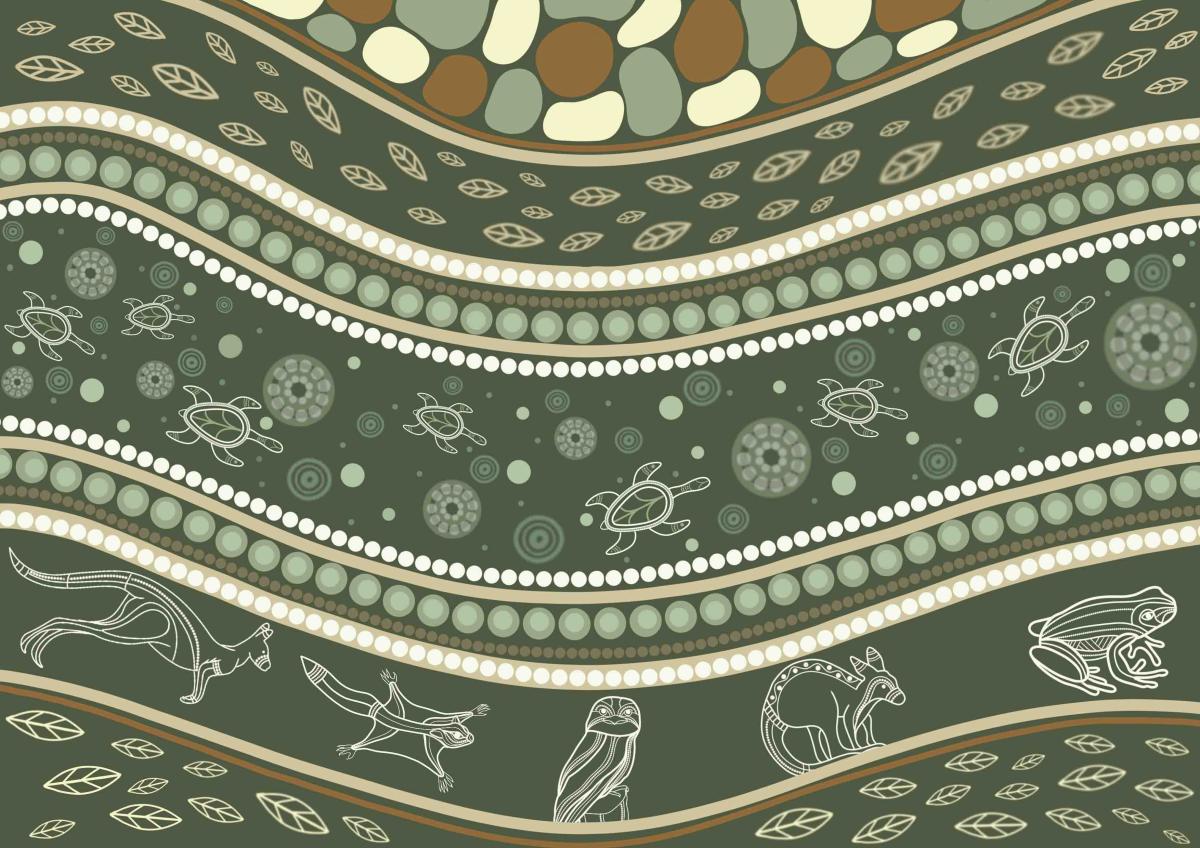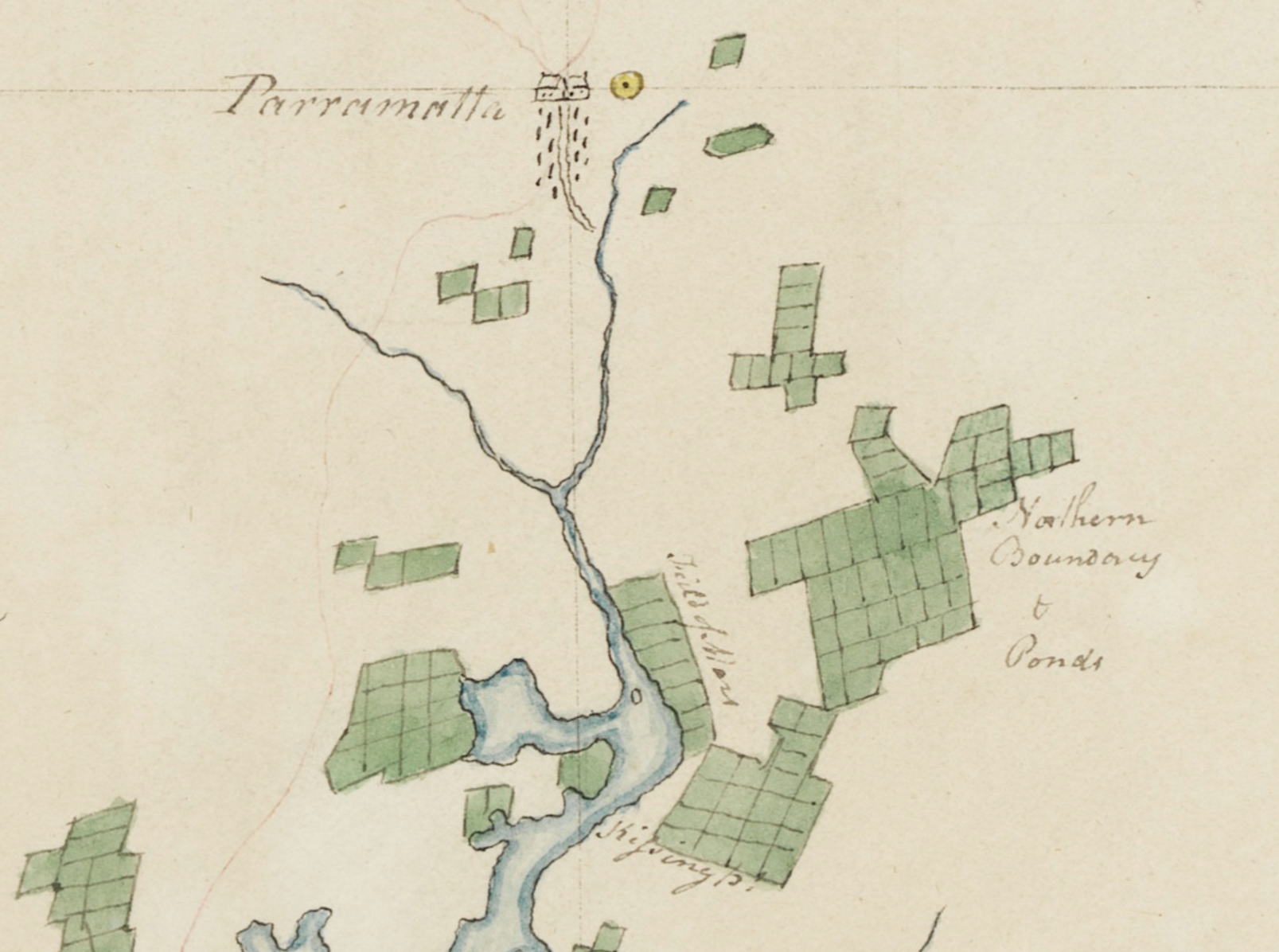Marri Badoo Reserve
The name of this reserve means ‘many waters’ in the local Dharug language. This recognises the chain of ponds and springs which flow through the valley to form Ponds Creek and its tributaries.
The main vegetation community here is Sydney Turpentine-Ironbark Forest. This vegetation type is now rare due to land clearing and is specially protected under the NSW Biodiversity Conservation Act 2016. Within forests of this type, you can expect to find trees that are 20 to 30 metres tall, including Syncarpia glomulifera (Turpentine), Eucalyptus saligna (Sydney Blue Gum), Corymbia gummifera (Red Bloodwood), Angophora costata (Sydney Red Gum) and Angophora floribunda (Rough-barked Apple).
The trees here are home to a range of wildlife including ringtail possums. These nocturnal animals can be spotted at night using torches. During daylight hours be sure to listen out for the medium sized birds that can be found on the open ground with little shrub cover.
Descriptions of these birds can be found on the track posts along the walk.

Home of the Dharug
Large parts of Dundas and the Dundas Valley cover lands that have been inhabited and cared for by peoples of the Dharug Nation for thousands of years. The traditional custodians of these lands, the Wallumedegal, held territory extending along the northern bank of the Parramatta River from the Lane Cover River in the East, toward the head of the Parramatta River in the west.
The name Wallumedegal (alternatively Wallumattagal) is thought to be derived from the words “wallumai” meaning “Snapper Fish”, “matta”, meaning place or water place, and “gal”, meaning people.
The Wallumedegal lived in and cared for the lands of the Dundas Valley and its surrounds for generations. The Wallumedegal fished in the numerous creeks and ponds of the Valley and in the wetlands that lined the river, hunted small game and birds, and collected a wide variety of edible bush plants. Shellfish are thought to have been an important part of the Wallumedegal diet, with the mud oyster and cockle shells also serving to sharpen spear heads. The remains of open camps, shellfish middens and animal bones as well as charcoal drawings have been found within the Dundas Valley, with large piles or “middens” of discarded shells noted in a number of locations along the Parramatta River.
In 1788, it was estimated the Wallumedagal population was between two to three thousand, but following the continued occupation of the area by colonists and a devastating smallpox epidemic in 1789, the population was impacted dramatically. By 1800, it is recorded that most of the Wallumedegal’s traditional lands were occupied by colonists, and very few Wallumedegal people remained.



